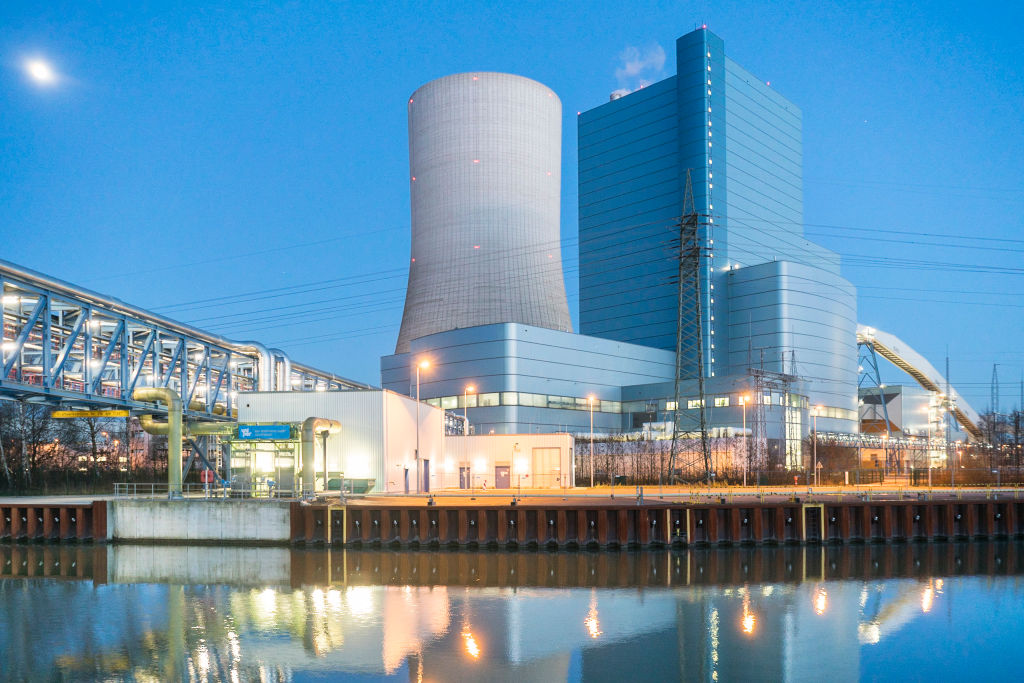European Climate Commissioner Wopke Hoekstra has reaffirmed the European Union’s commitment to launching the Emissions Trading System for buildings and road transport (ETS2) in 2027, but promised tweaks to the curb price volatility it created.
Hoekstra told the EU environment ministers in Luxembourg yesterday that ETS2 remained a cornerstone of the bloc’s ambitious climate neutrality goals.
The Brussels-created trade system for carbon emissions, intended to push consumers and companies to adopt greener practices, has sparked significant concern among member states and stakeholders. They are worried about rising costs for households and businesses, prompting 19 member states, led by the Czech Republic, to delay ETS2’s 2027 launch by three years.
Instead, Hoekstra outlined fixes to stabilise the system while preserving its climate objectives.
These include strengthening the Market Stability Reserve (MSR), a mechanism to adjust the supply of carbon permits to prevent sharp price swings and exploring front-loaded auctions of permits to generate early revenues for member states.
These funds, paired with the Social Climate Fund, aim to shield vulnerable households from higher heating and fuel costs.
“An orderly rollout is in everyone’s interest,” he stated, as reported by VRT NWS, emphasising the need for a predictable market to drive decarbonisation.
Earlier, European Commission President Ursula von der Leyen detailed her approach to EU leaders in a letter. She said Brussels seeks to address fears of “high and volatile CO2 prices” without diluting the policy’s core ambition of pricing emissions to incentivise “greener” alternatives such as heat pumps and electric vehicles.
Citing budget restraints, the German government will spend €2.4bn less on subsidies for installing heat pumps next year — a controversial and costly cornerstone of Germany’s transition to an emission-free future. https://t.co/Z2dBubk6wE
— Brussels Signal (@brusselssignal) August 20, 2024
“We need a transition that is fair and just, in which vulnerable families, SMEs and the regions most exposed to structural changes are particularly protected and supported,” said von der Leyen.
The EC will work, among other things, on a “more robust system for price stabilisation”, notably by strengthening the role of the so-called market stabilisation reserve.
As a cap-and-trade system, it sets a limit on emissions from buildings and road transport, allowing companies to buy and trade permits within that cap.
According to the EC, this is a market-driven approach and the body found it successful in the EU’s original Emissions Trading System (ETS1) for industry and power. That was despite the fact that the EU is struggling with much higher energy prices compared to the rest of the world.
But ETS2’s cap-and-trade system sets an emissions limit for buildings and transport, with firms trading permits in a market. This design, unlike a fixed carbon tax, guarantees price swings as supply and demand shift.
Its application to consumer-sensitive sectors amplifies the stake because, unlike ETS1, where costs are largely absorbed by industries, ETS2 directly impacts households through heating bills and fuel prices, a politically charged arena.
The lack of historical data for ETS2’s new sectors makes price swings more likely, as markets may overreact to early signals.
Always good to meet with 🇸🇪 Minister for Climate and the Environment @RPourmokhtari.
We had an important discussion on the EU 2040 climate target, LULUCF, and priorities ahead of COP30. pic.twitter.com/SUdBflwyjf
— Wopke Hoekstra (@WBHoekstra) October 21, 2025
External factors, such as energy price spikes or geopolitical disruptions further exacerbate this uncertainty, experts said, indirectly tied to broader EU energy policies but not entirely within its control.
The EC’s own projections suggest ETS2 could add €10 to €20 per tonne of CO2 to fuel and heating costs, potentially translating to hundreds of euros annually for households, especially in colder or less affluent member states.
BloombergNEF projects that, under the new system, the cost of emitting carbon dioxide could rise to €149 per tonne by 2029, more than 80 per cent higher than the current EU emissions price for power plants and industrial sectors.
One study in April in Belgium even put the additional cost up to €650 for people who do not adjust their energy consumption.
According to the Dutch Government, SMEs may have to pay between €450 and €1,000 on the system.
Critics, such as Czech opposition figures, argue that without a fixed price cap, these costs could spiral, hitting consumers hardest.
Industries, too, worry about competitiveness, especially if ETS2 drives up transport costs.
Environmentalists, meanwhile, see the 2027 timeline as non-negotiable to meet the EU’s 55 per cent emissions reduction target by 2030. Any delay, they argue, would undermine the Green Deal’s credibility.
The EU’s goal of climate neutrality by 2050 led to the creation of the ETS under former climate czar Frans Timmermans.
He also championed deforestation regulation and the ban on combustion engines, measures that likewise have drawn heavy criticism for triggering sharp price spikes across multiple sectors.





